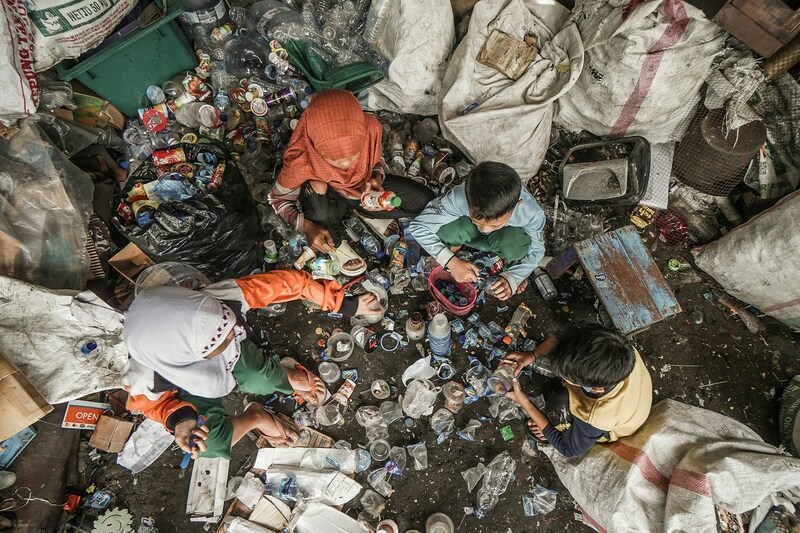What was clear from the sessions at the conference was that brands and producers are taking the plastic pollution issue seriously, with a lot of thought going into how the particular challenges for individual businesses can be met.
Stiff targets on recycling, and use of recycled materials are being set – the big challenge, as ever, will be getting to scale.
And while some brands are now recognising the enormity of the comprehensive packaging take-back challenge they are facing, there is also a recognition that taking on that challenge is necessary for them to realistically get anywhere near net zero emissions on any kind of acceptable timeframe.
Better rules
The EU is clear that action on plastics is a key part of the Green Deal, and publicly calling for further national legislation on plastic and plastic packaging. But the lag between the necessary infrastructure for recycling and the push from regulators is concerning. An unanswered question seems to be: how are companies to meet the demands of the EU single use plastic directive if the infrastructure just isn’t there?
Other legislative challenges include where particular markets require plastic products to, for example, degrade in a particular way that may in fact not be best practice. How then should a business respond?
Recycling challenges
We know that plastics – for example PET – can only be mechanically recycled a finite number of times before the polymers break down beyond being functional. Chemical recycling is the obvious solution at this stage.
But what happens when there are PET bottles in a waste stream that Includes both virgin and recycled polymers, perhaps some polymers that have been recycled numerous times? That’s not something a consumer is going to be able to tell. No doubt solutions will emerge from the recycling sector, but at the very least it must be an added complication.
What about the product?
There has been a lot of focus on packaging and, perhaps, not enough on the plastic in products themselves. Many products contain plastics that are impossible to recycle and that goes straight to incineration or landfill – for example in nappies/diapers – so there is a need for greater innovation for viable, scalable, alternatives.
There is also a challenge in packaging design in terms of the balance between making materials that are straightforward to reuse or recycle versus the performance of the packaging and its relative robustness. There’s no point in developing packaging that results in damaged products!
Is there likewise too great a focus on recycling plastic rather than development of non-polluting alternative products? Clearly plastics are here for the short term, but is there a lack of thinking long-term to move to non-plastic materials? Is there also too much focus on recycling right now and less on reuse and reduce?
Consumer quandaries
Consumers are undoubtedly engaged on the plastic pollution problem but that is not necessarily helpful when it comes to finding the best solution. For example: consumers like glass bottles, but apart from instances such as a local milk delivery service, they are not the lowest impact alternative. Consumers similarly like paper bags. But, in most cases, a straight switch from plastic to paper does not stack up from a full life cycle analysis perspective.
And then, the cost of change, and who pays it, remains a major stumbling block. There is a clear demand for radical change, particularly in terms of moving towards circularity and carbon neutrality. But, value chains need to adapt to take on that cost, particularly as initiatives are rolled out. Level playing field legislation can really help here. And the point when we have mandated recycled content in products is when there really is the potential for game changing innovation.
Companies seem prepared to make change but, understandably are keen to cash in the reputation dividend. If you make your packaging more sustainable then, naturally, you are going to want to talk about it. But, if you’re in a sector that can’t discuss packaging, tobacco is an obvious example, then there is less clear incentive to make the packaging improvements.
Collaboration is king
In sum, collaboration remains the crux for dealing with all these challenges. However, the “being-stuck-in-siloes” problem remains – engaging with other points of view is essential. Working with peer and competitor companies is necessary. Chemical recycling, for example, will require companies coming together if it is to be effective.
Comprehensive guidelines for how to design packaging, and products, for recycling from the start would be very helpful. And, never forget that the laws of unintended consequences are fully in play – changing anything has impacts that are not necessarily foreseen, no matter the sincerity of desire for change.
